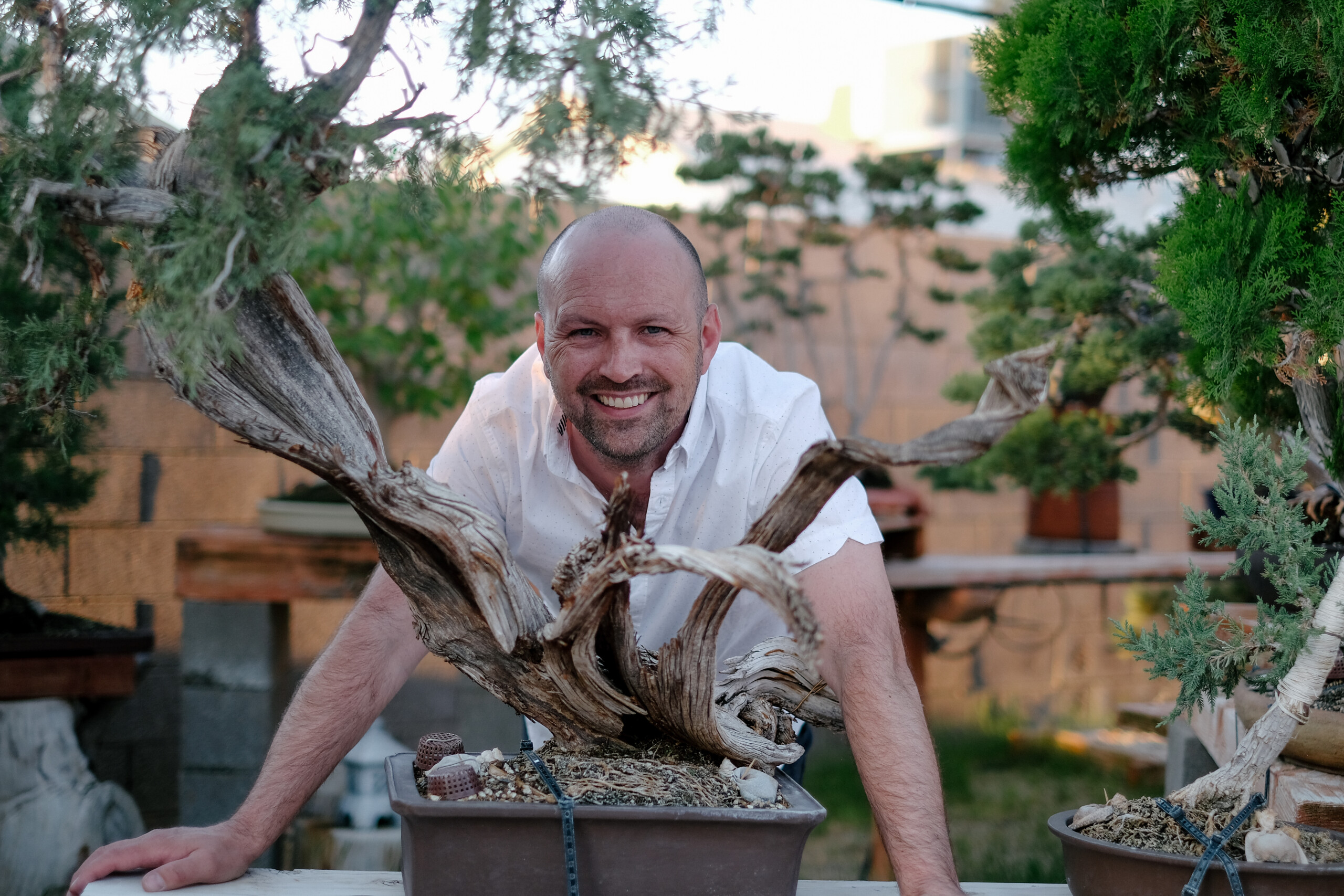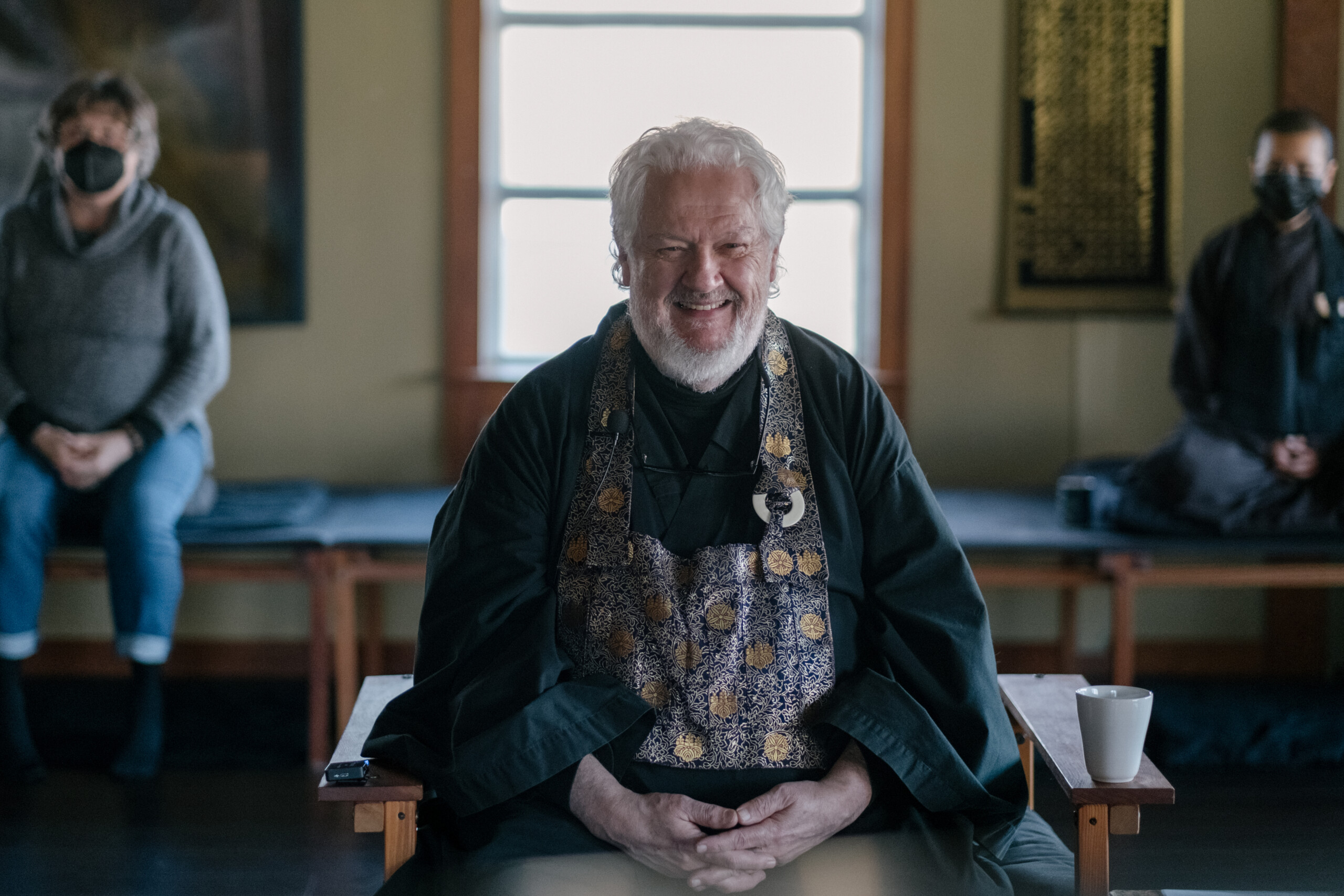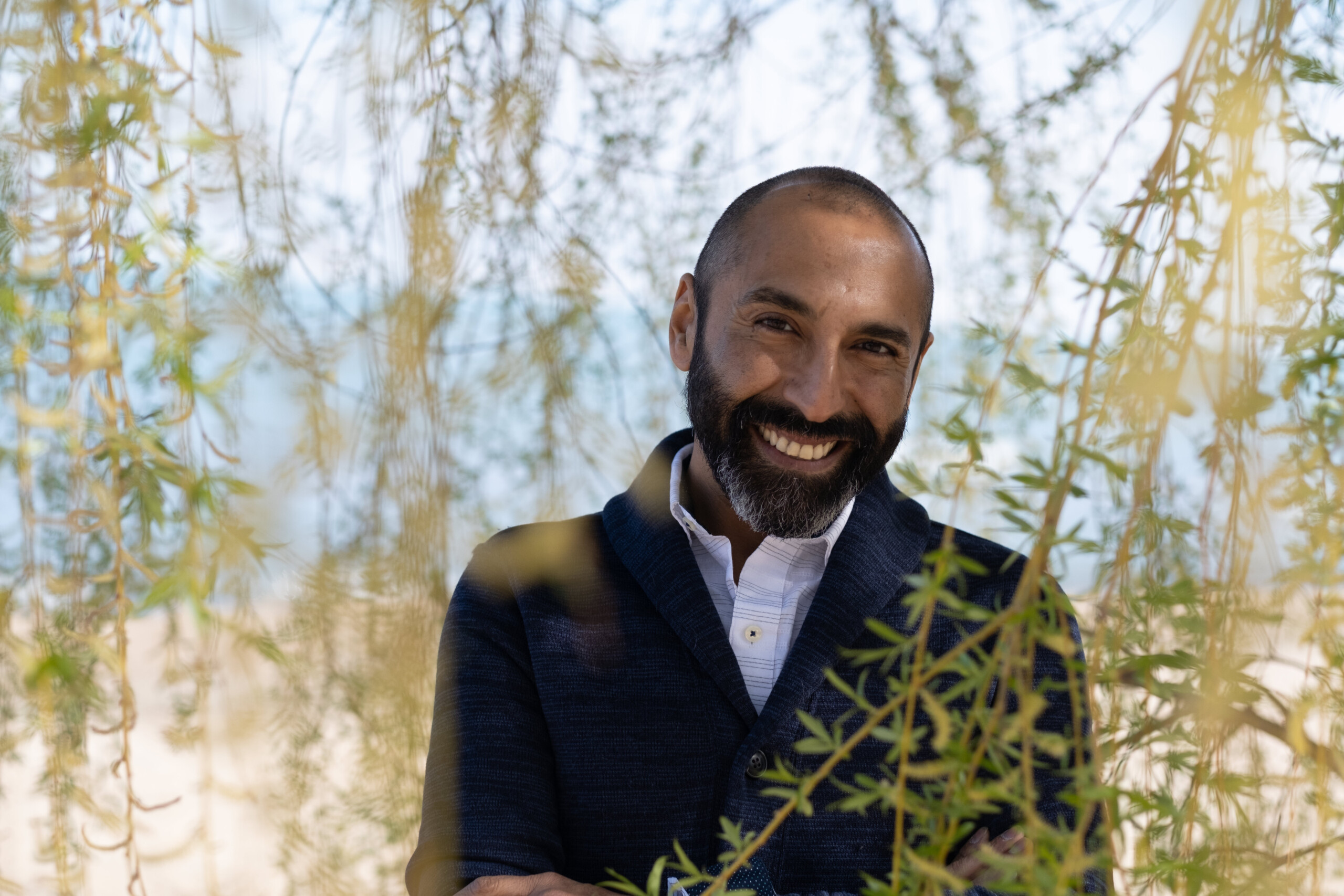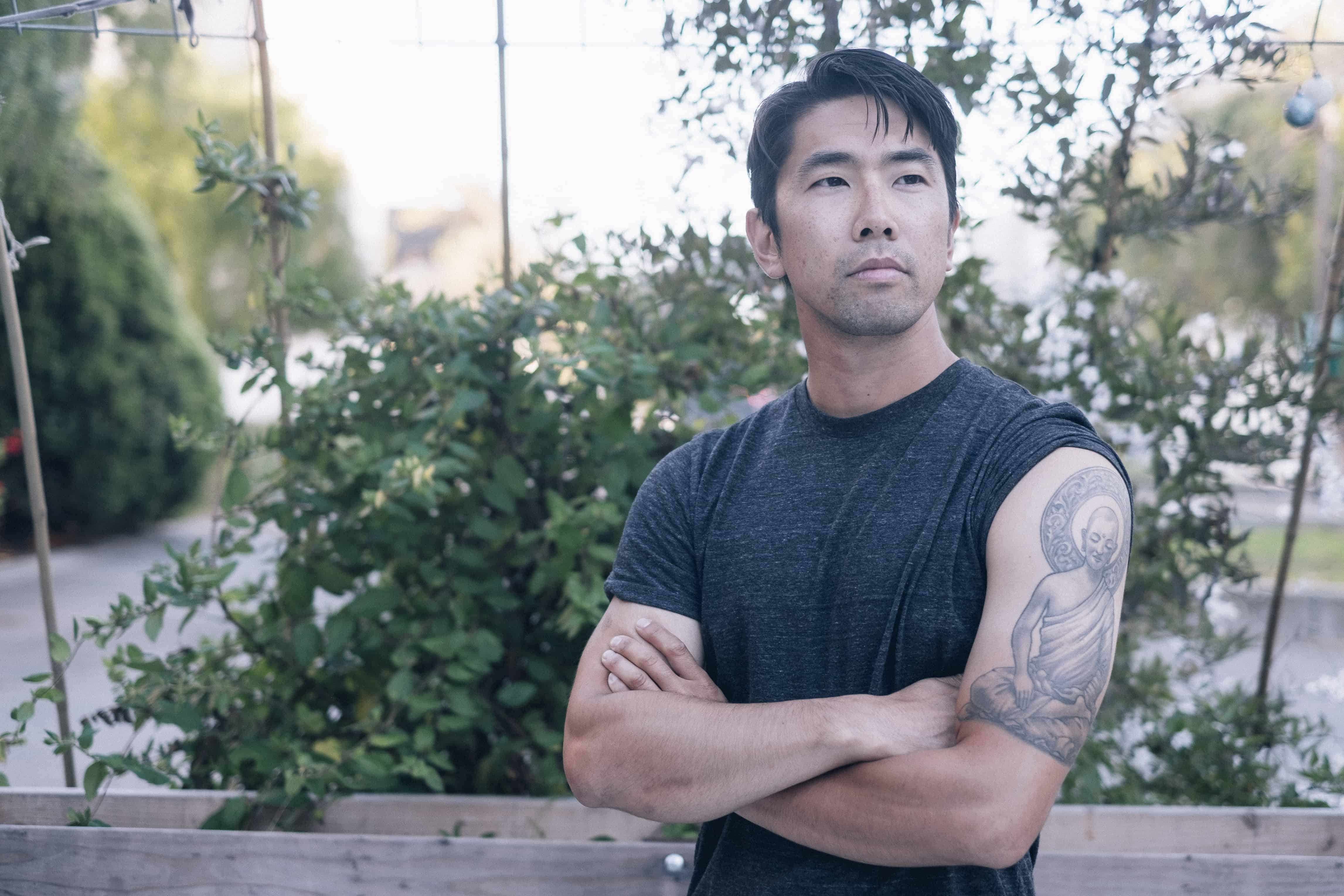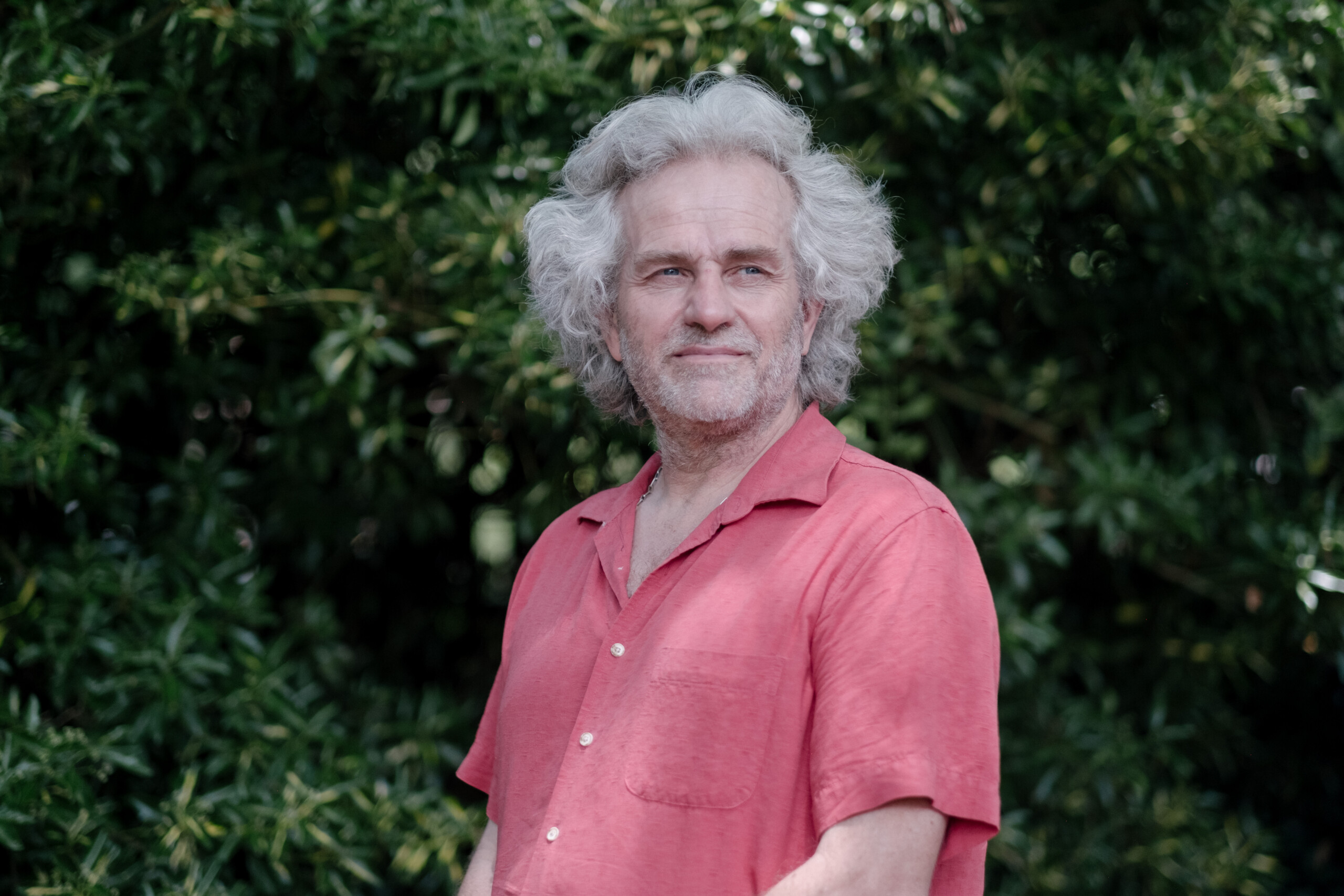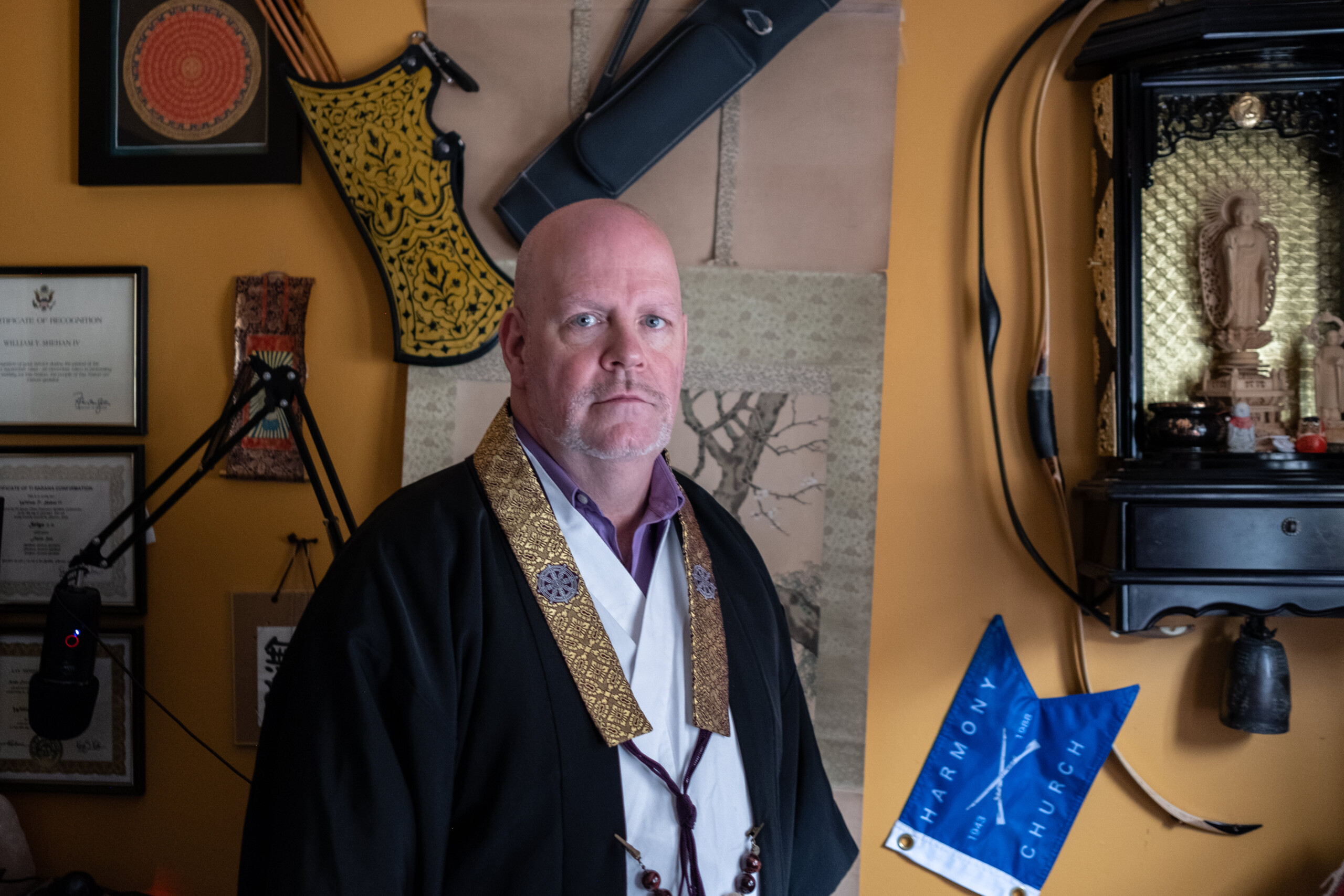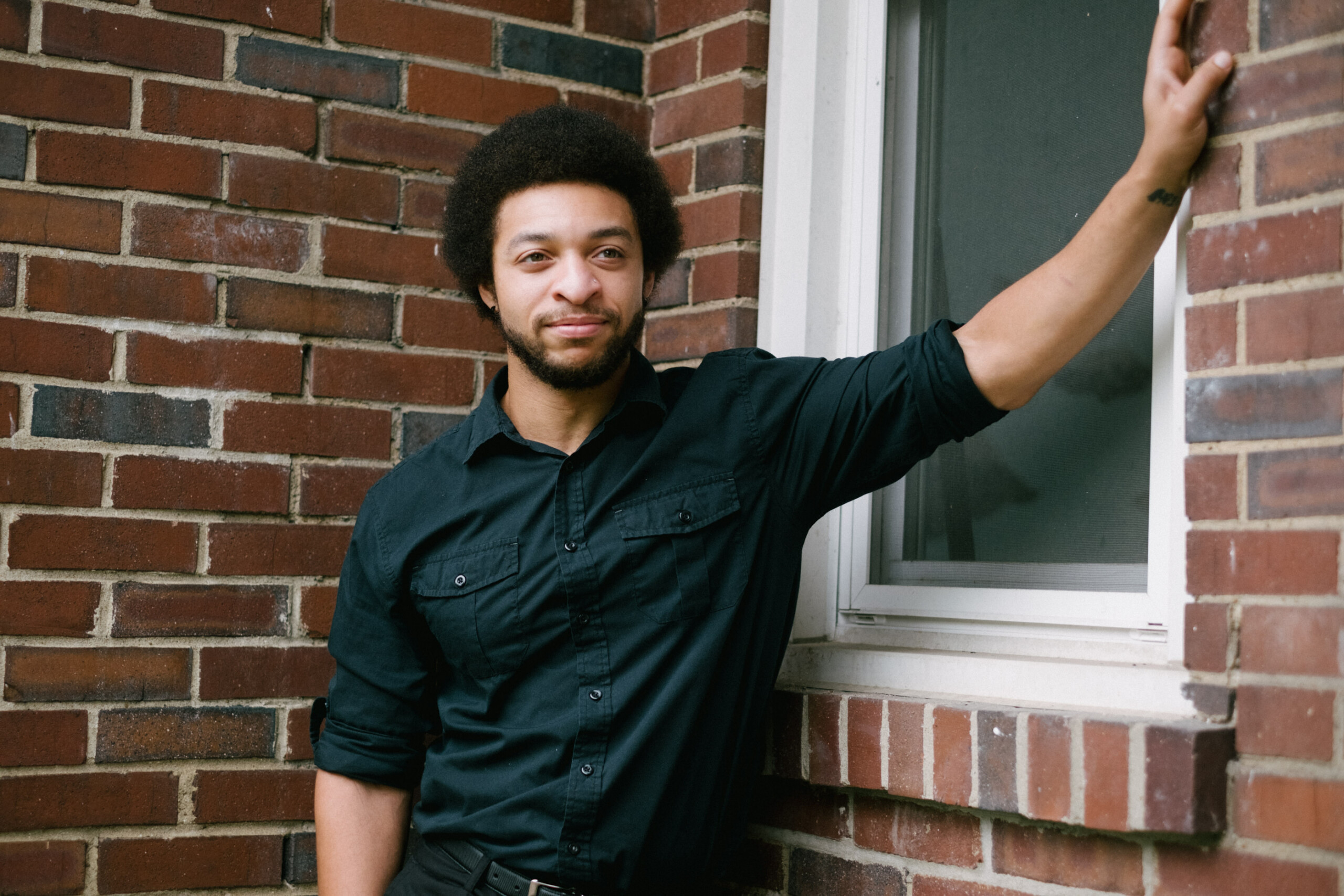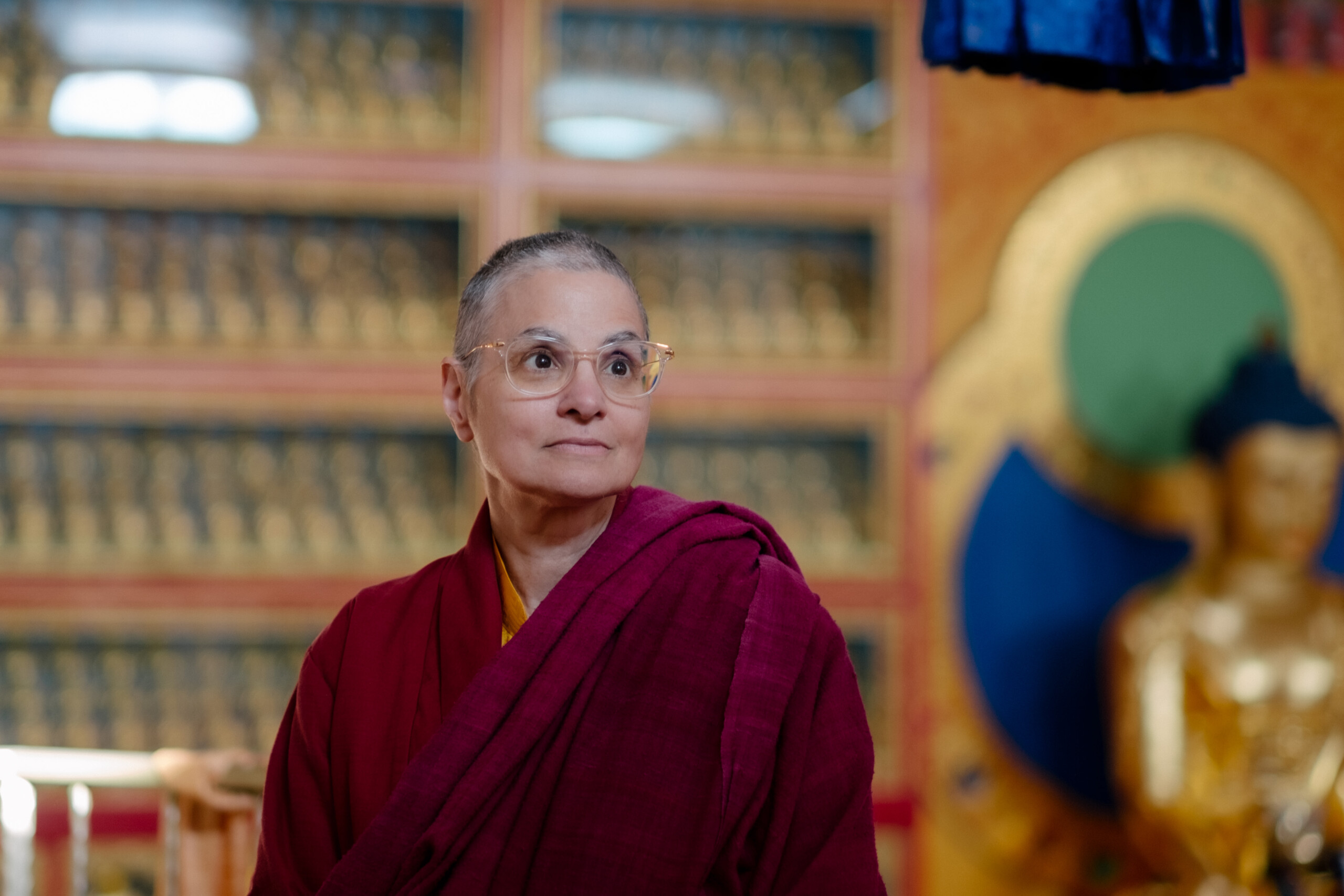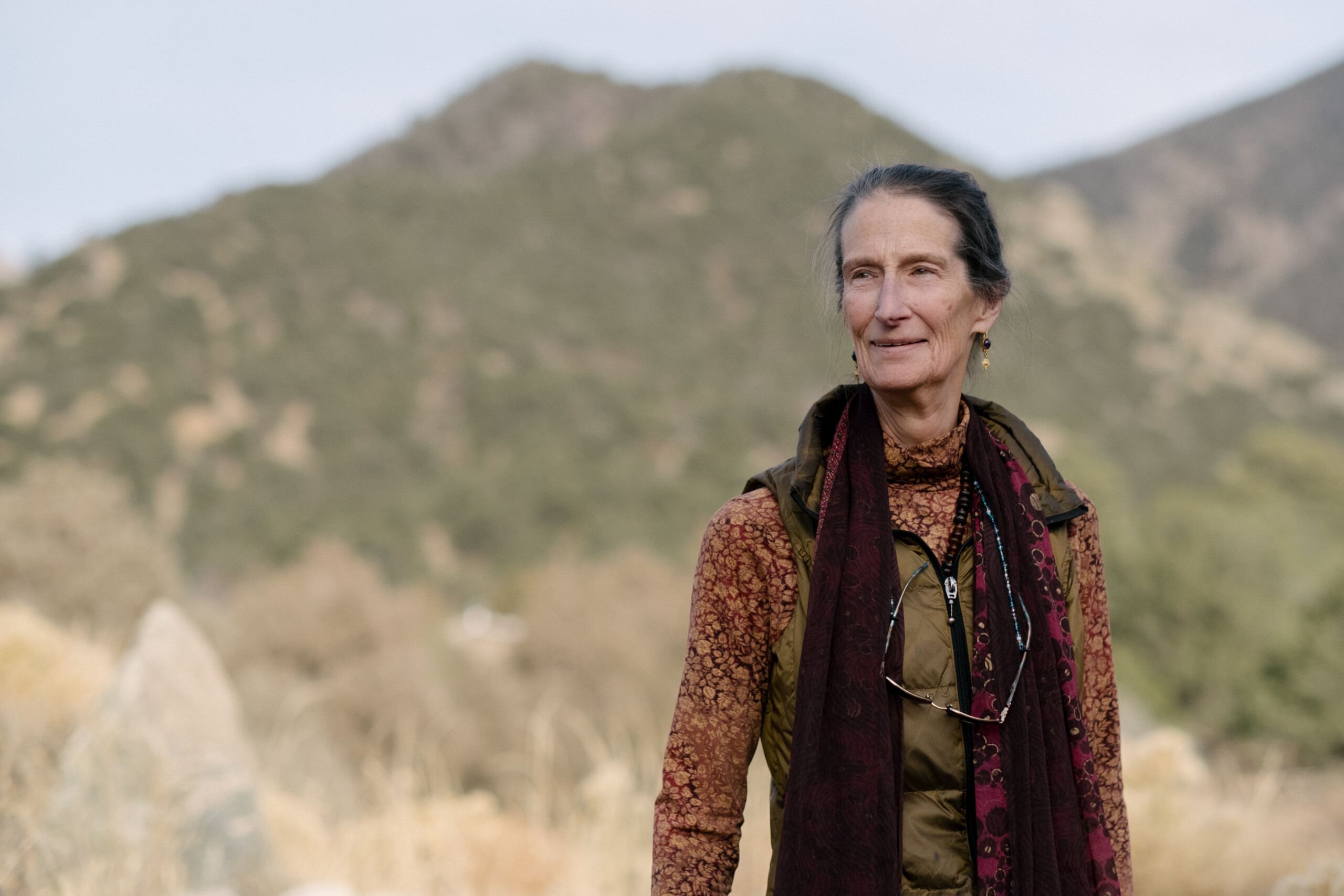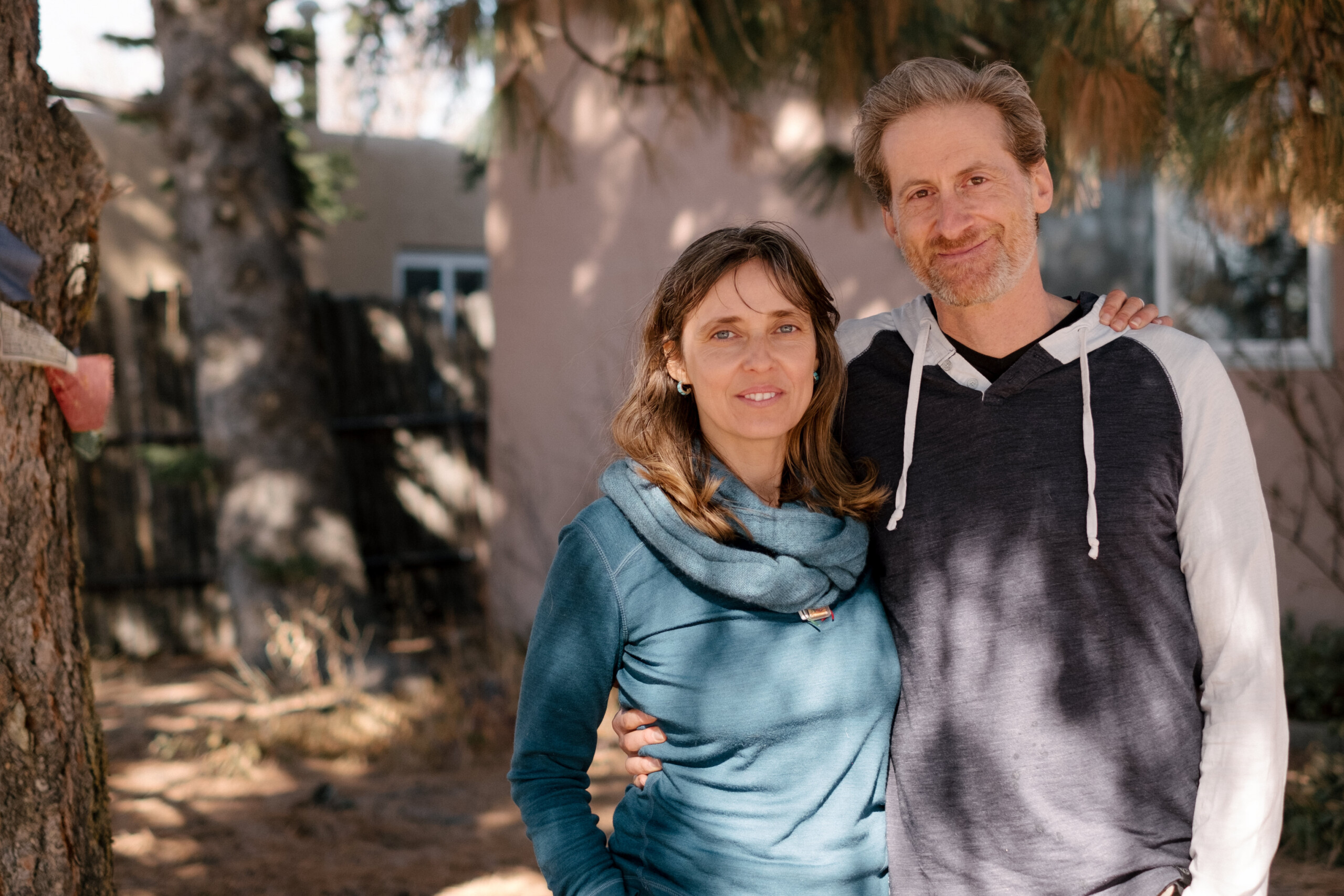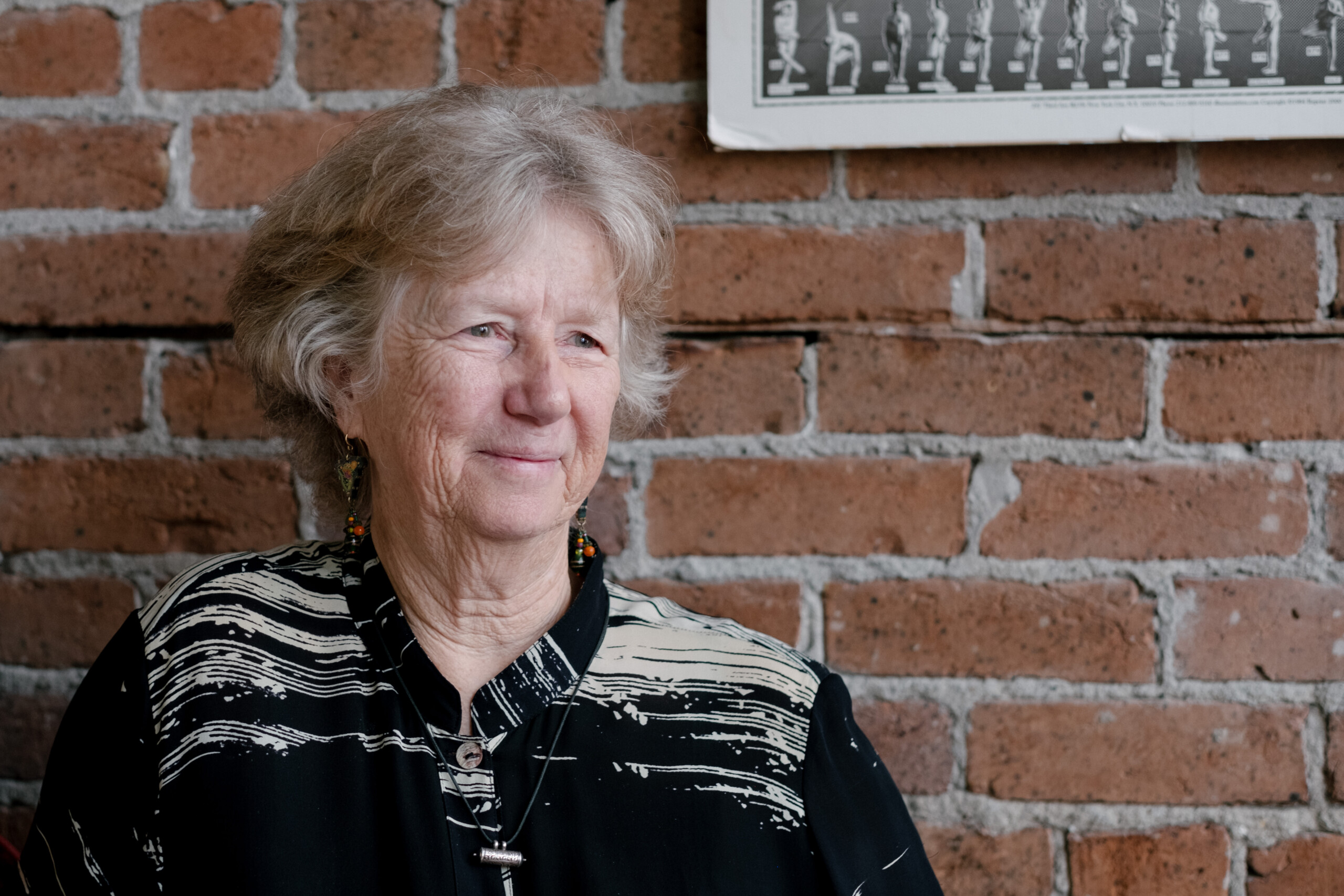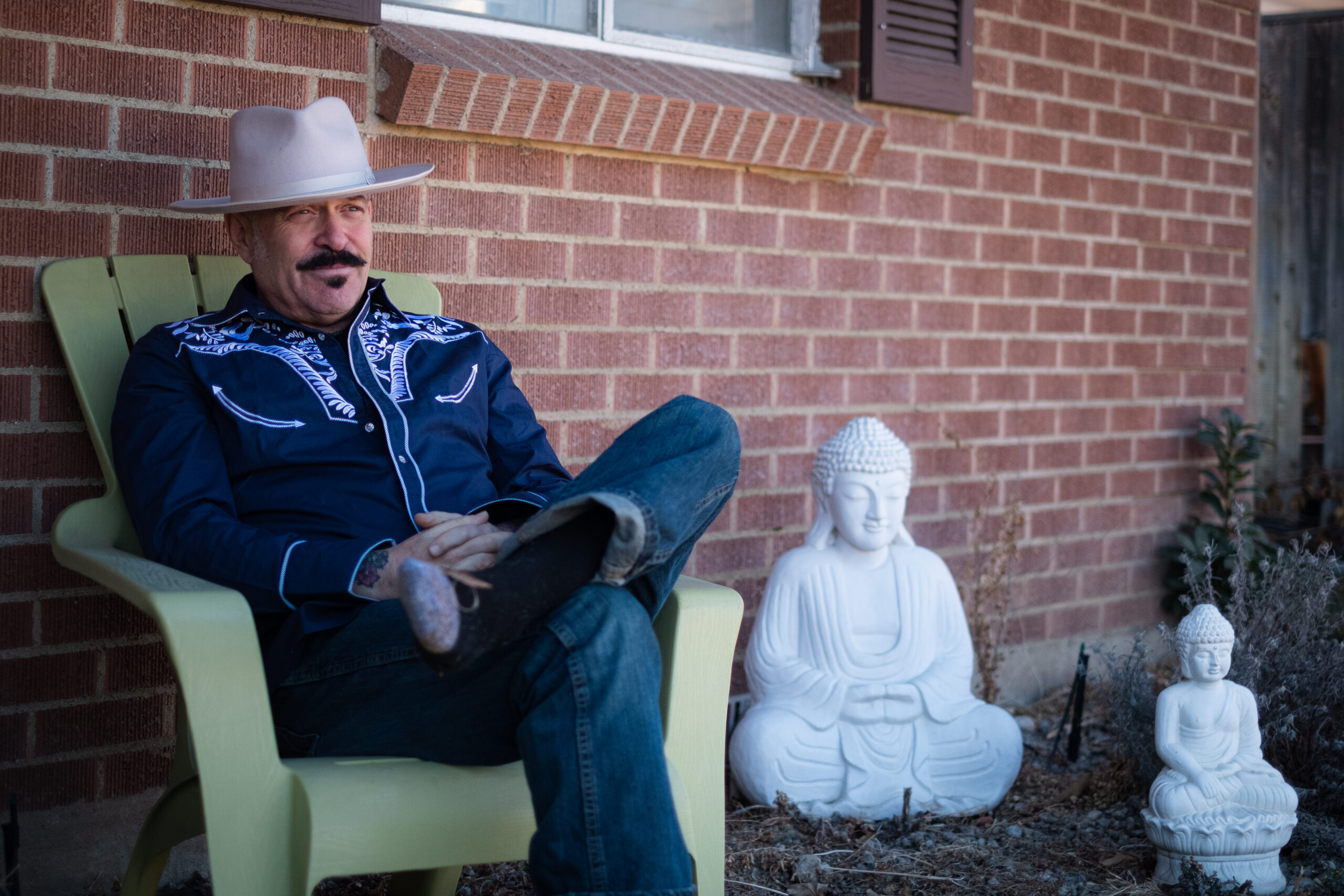Background
Lama Thupten was always drawn to meditative practices, even before they were formally defined as such. He lived in many places throughout his life, but one of the most significant was Selma, Alabama. Thupten witnessed the brutality of racism firsthand, but he also found solace in nature and solitude. Even as a child, he spent a lot of time alone, observing the world around him.
He dedicated himself to exploring various Asian disciplines and discovering the interconnectedness of all things. At a young age, Lama Thupten made a conscious decision to be a kind and compassionate person. He began formal training in martial arts at the age of 12, not as a means of violence, but as a spiritual path to enlightenment. Lama Thupten emphasizes the importance of training the body, speech, breath, and mind to cultivate kindness, compassion, and caring. Lama Thupten encourages us to live with awareness and intention, striving to leave a positive legacy when our time comes. He believes that his destiny is to serve others and help them awaken to their true potential.
Adapting to West
Lama Thupten, reflecting on the evolution of his traditional teachings, acknowledged the challenge of preserving the integrity of his spiritual tradition while adapting it for the Western context. Recalling the influence of a teacher in the 1970s, Lama Thupten emphasized the importance of maintaining the oral tradition and contextual integrity in the transmission of teachings.
He discussed modifications made to the practices, shortening them from four to two hours to accommodate Western lifestyles. Lama Thupten highlighted the use of the Tibetan phonetic language, recognizing the language barrier in the West and advocating for a broader perspective on cultures and languages.
Expressing concern about the erosion of language and communication in the modern world, Lama Thupten emphasized the timeless and universal nature of core concepts like loving kindness and compassion. He stressed the need for skillful means and methods to make teachings relevant while underscoring the importance of understanding the nature of the mind and consciousness.
In addressing the modern challenges of disconnection and divisive thinking, Lama Thupten emphasized the urgency of change and the cultivation of compassion. He encouraged a shift in perspective, advocating for a deeper understanding of the mind and consciousness as keys to creating a more connected and compassionate world.
On Compassion
Lama Thupten , contemplating the notion of history, questions why the focus isn’t on a history of kindness, compassion, and selflessness. He contrasts this ideal with the prevailing attitude of individualism and self-importance in contemporary cultures, lamenting the descent into what he terms the Age of Darkness, marked by societal issues such as war, violence, and divisive politics.
Reflecting on his childhood experiences of discrimination and exclusion, Lama Thupten wonders about the reasons behind such behaviors but opts not to adopt anger in response. He shares the perspective imparted by his teachers, suggesting a continuity of purpose from past lives into his present one—to embody kindness, compassion, and service to all sentient beings.
Lama Thupten challenges the notion that these values are exclusive to any particular belief system, emphasizing that core messages of kindness, compassion, and love are intrinsic to various “isms,” be it Judaism, Catholicism, Christianity, Buddhism, or any other ideology. He advocates for a universal commitment to caring for others over oneself, transcending the boundaries of individual doctrines.
Supporting the Dharma
Lama Thupten distinguishes between the laity, including professionals like lawyers and doctors, and householders like himself, focusing on spiritual practice. He underscores a symbiotic relationship among practitioners of various levels, emphasizing the laity’s support through offerings.
Central to this connection is the altruistic nature of practice, with Lama Thupten emphasizing the importance of kindness and compassion over ostentatious displays of spirituality. He advocates for instilling these values from a young age, irrespective of religious affiliations.
While acknowledging the challenges of restructuring Western perceptions, Lama Thupten notes the positive trend of meditation and mindfulness integration into mainstream education. He encourages a return to fundamental humanistic values, suggesting that belief systems should unite rather than divide.
In contemplating the incorporation of spiritual principles into mainstream culture, Lama Thupten emphasizes the universality of core values. He adapts his approach based on the audience, consistently highlighting the shared origin of symbols and thoughts within the canvas of consciousness.
Wisdom
In contemplating the intricacies of motivation, Lama Thupten explores the dynamics of intention and knowledge. Drawing parallels between motivation and the development of a community, he underscores the importance of skillful means and methods in achieving collective goals.
Delving into the realms of knowledge and wisdom, he highlights the nuanced difference between the two, emphasizing the necessity of wisdom in understanding the consequences of knowledge. Lama Thupten eloquently equates enlightenment with being in the light, a concept rooted in various spiritual traditions.
Discussing the need for societal change, he emphasizes the importance of addressing issues at their root, likening it to pulling out weeds from the yard. Lama Thupten encourages a shift in focus toward consciousness, emphasizing the unity of the mind and heart for clear perceptions and wisdom.
Reflecting on the challenges of effecting change, he acknowledges the profitability of negativity in media and stresses the need for constructive dialogue, recognizing the instrumental role of individuals like the interviewer in fostering positive discussions. Lama Thupten advocates for hope, loving kindness, and compassion, urging individuals to pause, be present, and consider the impact of their actions on others.
Suffering
Lama Thupten delves into the concept of suffering, explaining that it manifests in three distinct forms: outer, suffering of suffering, and all-pervasive. The outer level encompasses physical pain, while the suffering of suffering arises from our resistance to change. The most insidious form, however, is all-pervasive suffering, an undercurrent of anxiety and discontent that permeates our lives. This pervasive suffering stems from our denial of impermanence, our futile attempts to cling to youth, health, and permanence. It is this underlying anxiety that drives us to seek distractions, whether through recreation, substances, or other inappropriate means. Lama Thupten encourages us to confront this pervasive suffering, to acknowledge its presence rather than suppress it. Only through recognizing and accepting our inherent vulnerability can we begin to transcend the cycle of suffering.

